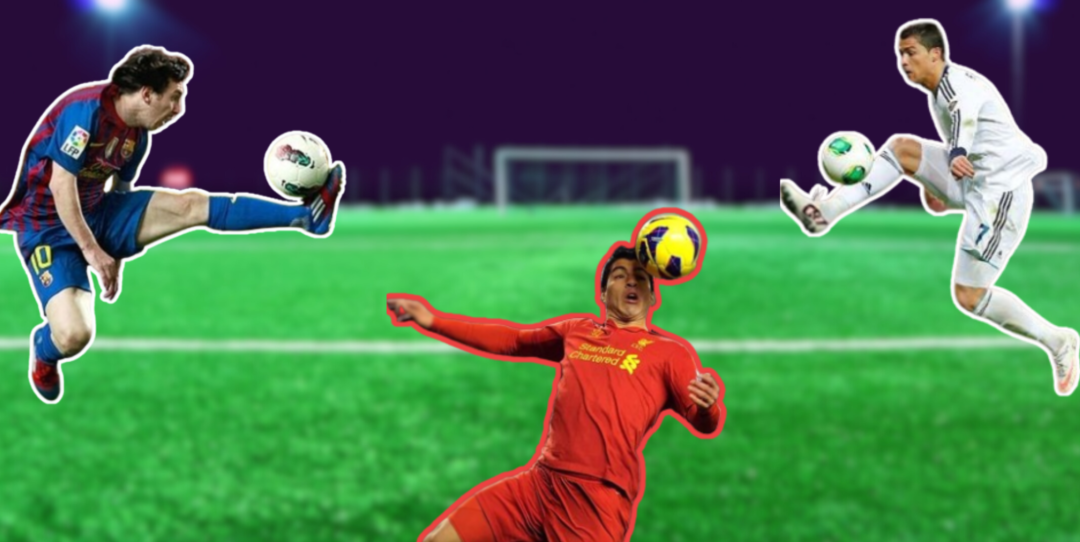Imagine you’re running down the field, heart pounding, eyes glued to the ball racing towards you.
It dips, it spins, it’s a blur. And then, BAM! Your foot makes contact with the ball. It sticks, perfectly controlled, and in an instant, you’re gone.
That, my friend, is the magic of the first touch in football.
In this blog, we will cover:
- The ins and outs of first touch (The meaning, its importance, the various types)
- Drills to perfect your first touch technique
- Ways to improve and master the skill of first touch
There’s a lot to unpack here so let’s get started!
What is a first touch in football?
There is a fair bit of confusion about what a first touch is.
And a large part of it is down to the various terms you might have heard.
Some call it ball control, some first touch while others use the term receiving the ball/pass.
To clear your confusion, they all mean the same and are often used interchangeably.
By definition, the first touch is a player’s action of receiving the ball (pass) to execute what they decided to do before the ball arrived.
A simpler version, it’s an act of controlling the ball with your first contact on the ball.
You can control the ball with every part of your body except your hand.
Understand: Laws of Football (FREE PDF Download)
Some of the most common body parts used to control the ball include:
- The inside and outside of the foot
- Tip of the toe
- The surface of your laces
- Thigh
- Chest
Certain creative players find a way to use their backs, shoulders, and head areas.
Now that you are aware of the skill let’s move ahead and understand the
Importance of first touch in football
So why first touch? Why should you even master this skill? And what makes this skill so special?
In a game of football, every action happens off of a pass.
If your first touch is poor you would need more time/take more touches to bring the ball under your control.
This will allow defenders to successfully press you, take the ball, block your shots, or prevent your counterattacks.
Hence a solid hold of this skill is vital.
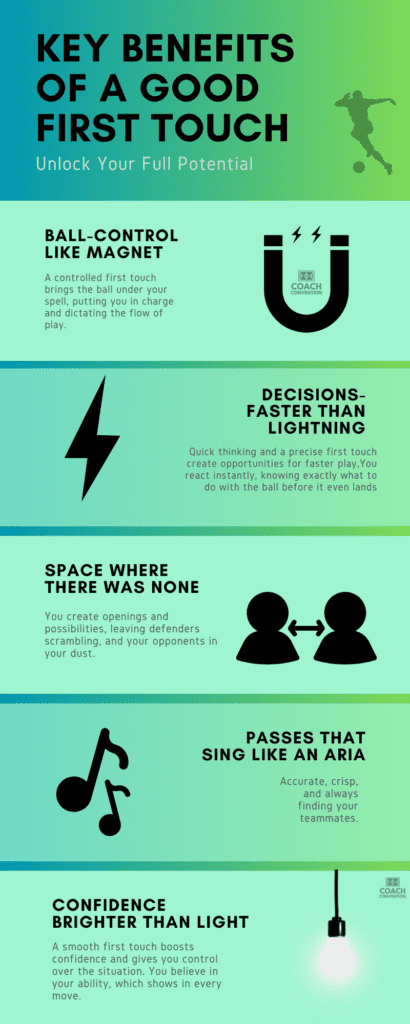
Players view on first touch
“It’s all about the first touch. If you get that right, everything else follows.”
Lionel Messi
“The first touch is like the first word of a sentence. If you get it wrong, the rest of the sentence will be wrong too.”
Thierry Henry
“The first touch is fundamental. It allows you to gain an advantage, create space, and think about the next play.”
Andres Iniesta
“The first touch is the language of the footballer. It shows your personality, your style, and your understanding of the game. You can have all the skills in the world, but if you can’t control the ball, you’re nothing.”
Fracesco Totti
“First touch is not just about controlling the ball; it’s about expressing yourself, dictating the game’s rhythm.”
Zinedine Zidane
“The first touch is like your first impression. It tells everyone what you’re about.”
Kevin De Bruyne
Coach’s view on first touch skill in football
“The first touch is the beginning of everything. It’s where you win or lose games.”
Pep Guardiola
“First touch is not a luxury; it’s a necessity in modern football.”
Arsene Wenger
“Control the ball, and you control the game.”
Sir Alex Ferguson
“The first touch is like gold dust. It allows you to create space and time, which are the most valuable commodities in football.”
Jurgen Klopp
“The beautiful game starts with a good touch.”
Jose Mourinho
“Without a good first touch, you’re just running around. You need to be able to think with your feet.”
Marcelo Bielsa
“First touch is like the foundation of a house. If it’s not strong, the whole thing crumbles.”
Joachim Löw
“First touch is more than just a skill; it’s a mindset. It’s about being aware, focused, and ready to act.”
Vicente del Bosque
Types of first touch in football
First touch using the inside part of the foot
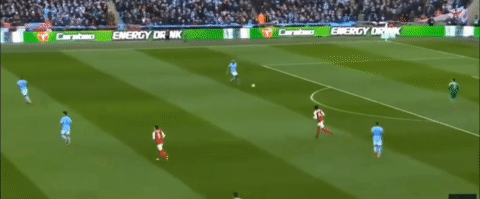
Description: Using the inside of the foot to stop or move the ball forward, diagonally or sideways.
Use: Common for controlling passes along the ground.
First touch using the outside part of the foot

Description: Using the outside of the foot to cushion or move the ball.
Use: Useful for quick turns and changes in direction.
First touch to cushion the ball
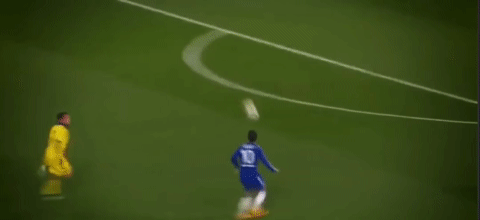
Description: Soft and controlled touch to absorb the ball’s speed.
Use: When receiving a high-speed ball and clearance.
First touch to lift the ball
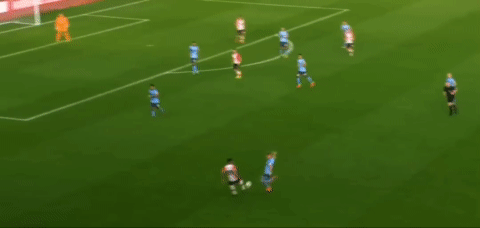
Description: Lifting the ball slightly to avoid defenders or set up the next move.
Use: When under pressure or when a quick lift is needed.
First touch using the no-touch control
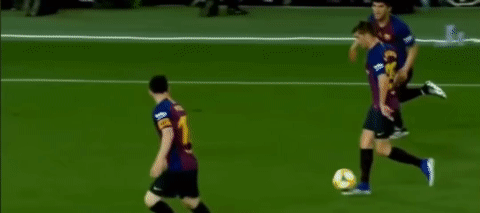
Description: Letting the ball through without making any contact
Use: Effective for dummy plays and creating confusion among defenders
First touch while being airborne
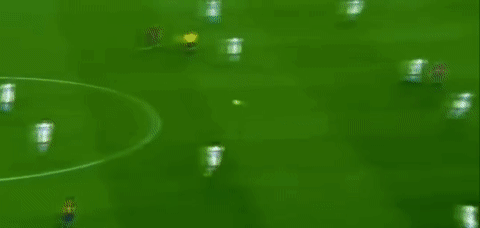
Description: Controlling the ball while in mid-air.
Use: Useful for bringing down lofted passes or crosses.
First touch using the thigh
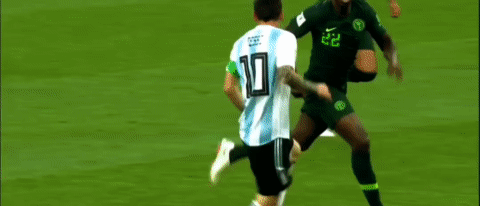
Description: Using your thighs to control and bring down your path
Use: Effective for bringing down high balls or stopping fast-moving ones
First touch using the chest
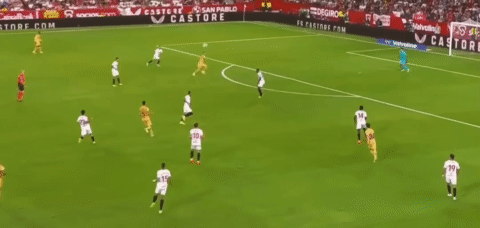
Description: Using your chest to control and bring it down your path
Use: Ideal for aerial balls like crosses and long pass
Now, the section you have been eagerly waiting for.
How can you improve your first touch?
I have to hand it to you for not skipping to this section.
Essentially there are two ways of learning it.
First, you watch someone do it and try it in a football game.
The upside to this method is you directly use it in a real match environment. If you can do it successfully your skill will improve in no time.
The downside, however, is you keep losing the ball. Your confidence drops down.
You lose the trust of your teammates. They stop playing you the ball or even worse you get substituted off.
Not the way you would want to go ahead.
Here I will give you a step-by-step and structured way of learning and mastering this skill.
Learning the first-touch technique
For Ground Passes:
These 5 drills by 7mlc are a great way of improving your first-touch technique.
Setup: A wall or a player to deliver the pass.
Tip: Practice receiving the ball on both your feet.
Variation: Include and practice for medium and long-range passes
For Aerial Passes:
Sharpen your first touch skill
Learning the technique will only take you so far. You must be able to perform the technique in front of the opposition.
For this, you would need to have at least 1 additional player as an opponent who will act as a defender.
Play the pass to the wall (or have someone play you the pass) and get the defender to press you.
Your objective is to take the touch away from the pressure and into the free space without losing the ball.
Once done successfully repeat it. Control the ball ten times with the right and then the left foot.
Once you get comfortable place the defender in front of you, to the side of you, behind you and pressing at you at an angle.
Execute your first touch skill in all of the above situations.
Practice! Practice! Practice! until you can do it without thinking.
With the skill firmly mastered you are now ready for the next and the obvious final step.
Applying your first touch skill in a football match
The entire aim of practising the skill is to be able to apply it in a real match environment.
THIS! is your real test. Are you able to apply the skill in matches?
Now it’s very easy to get carried away, have unrealistic targets and fail miserably.
And let’s face it you will not always have it your way. So it’s okay to make mistakes and fail.
The idea is not to give up. A way you can prevent it from happening is to
Set out small achievable targets.
For instance,
In one match you can assess yourself on ground passes, then in the following game on aerial passes and so on.
Observe and take a mental note about what you did well and what can be improved further.
After the match write it down and improve that aspect and then go again.
Before you rush to the football field I have one BONUS advice for you.
Go through a list of professional players
Who has the best first touch in football?
As a starting point focus on the midfielders. I have listed a few players below
You don’t have to choose from the above. You can opt for your favourite players.
Once you have decided, observe their game and look for their touches. You learn a lot by observing a top-level football game.
Further, these resources will help expand your skills and knowledge of the game.
We at coachconvention are passionate about the development of the game in grassroots and youth football.
Conclusion
So, there you have it – the importance of first touch in football.
Remember, this is the most fundamental and foundational skill in any footballer’s arsenal.
It doesn’t matter what level of game you are currently playing without this skill, you would have a horrid time on the pitch.
So get out there. Put in the hard yards. Control the ball and become the player you aspire to be.
Got any doubts or need clarification? Drop us an email and we will get back to you.
FAQ’s
What does first touch mean in football/soccer?
The first touch is a player’s ability to receive the ball or the pass to do what the player decided before the ball arrived. The player may have decided to stop the ball or direct the ball into the space and away from the opponent’s pressure.
What is the difference between first touch, ball control and receiving/controlling the pass?
No difference. They mean the same thing and are often used interchangeably.
Is first touch a skill? Is first touch important in football?
First touch is undeniably the most crucial core skill for any footballer. Without a good first touch, you would never be able to survive the game.
Why is my first touch so bad?
There are many reasons, the obvious being a poor technique. Others may include feeling nervous, losing confidence at the first mistake, not being warmed up properly, lack of form/game time, poor physical conditioning and decision-making. Your reason might be one of the above or a combination of a few.
Will juggling improve my first touch?
To some extent yes. Juggling helps in developing the feel of the ball. However, don’t mistake your juggling skills with a good first touch. Juggling gets your foot in the door which makes the next steps in developing your first touch smoother.
How can I practice to improve my first touch alone?
The wall is your best friend in this case. Stay away from the wall, kick the ball towards it, and practice receiving it. Play rolling balls for receiving on the ground and aerial balls for receiving aerial passes. Practice receiving the ball on all surfaces of the foot. Use your thigh, chest, and head wherever applicable.

